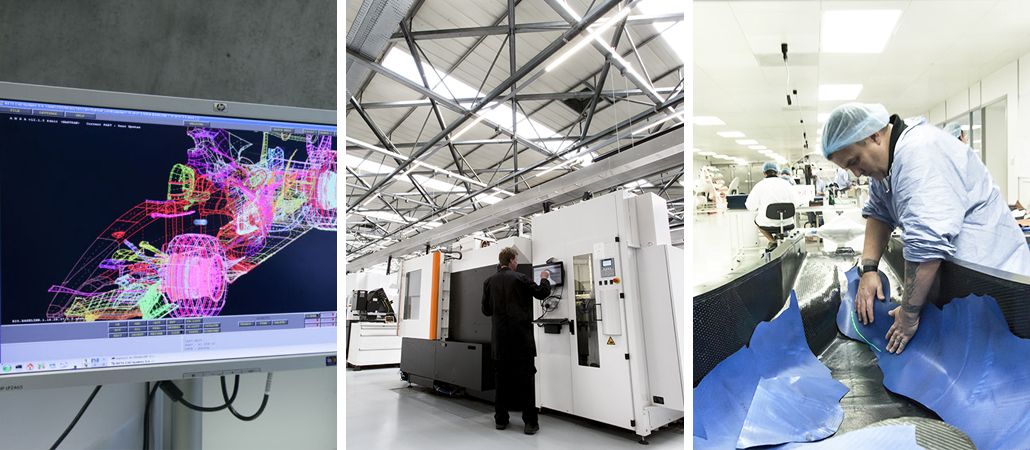CONSTANT UPDATES
After the conceptual work, the biggest challenge of the design phase lies in launching and managing several parallel processes, which all deal with a specific aspect of the car, all the while adapting the programmes depending on the progress made in every field.
One could think of a case where the aerodynamicists go up to their fellow engineers working on the transmission and say in substance: “If we change these forms in the area of the diffuser, we’ll gain a lot of downforce. Now, are you able to house the transmission in that volume, without hurting the component’s efficiency nor its robustness?”
“The definition of that overall design and production program is a big job, Renault’s chassis technical director Nick Chester told F1i. During this process you might encounter problems or an opportunity.
“You might want to delay a part of the program after seeing something interesting on maybe the aerodynamics so you might want to change something and delay it.
“You have to update the program all the time, but it has to be managed in order to not miss the dates to make the car. It is quite tricky.

© Renault F1
“There are a lot of things to watch, and it depends on where you are in the process. There are certain points in time when you are able to make a change and there are certain points where it is too late.
“For example, we introduced a new floor in Silverstone last year that helped to change how we set up the suspension. We knew enough about it early enough that we’ve been able to design options into next year’s car. You try to answer those questions as early as you can, because if you have a big concept change late it starts to get difficult.”

 '
'



